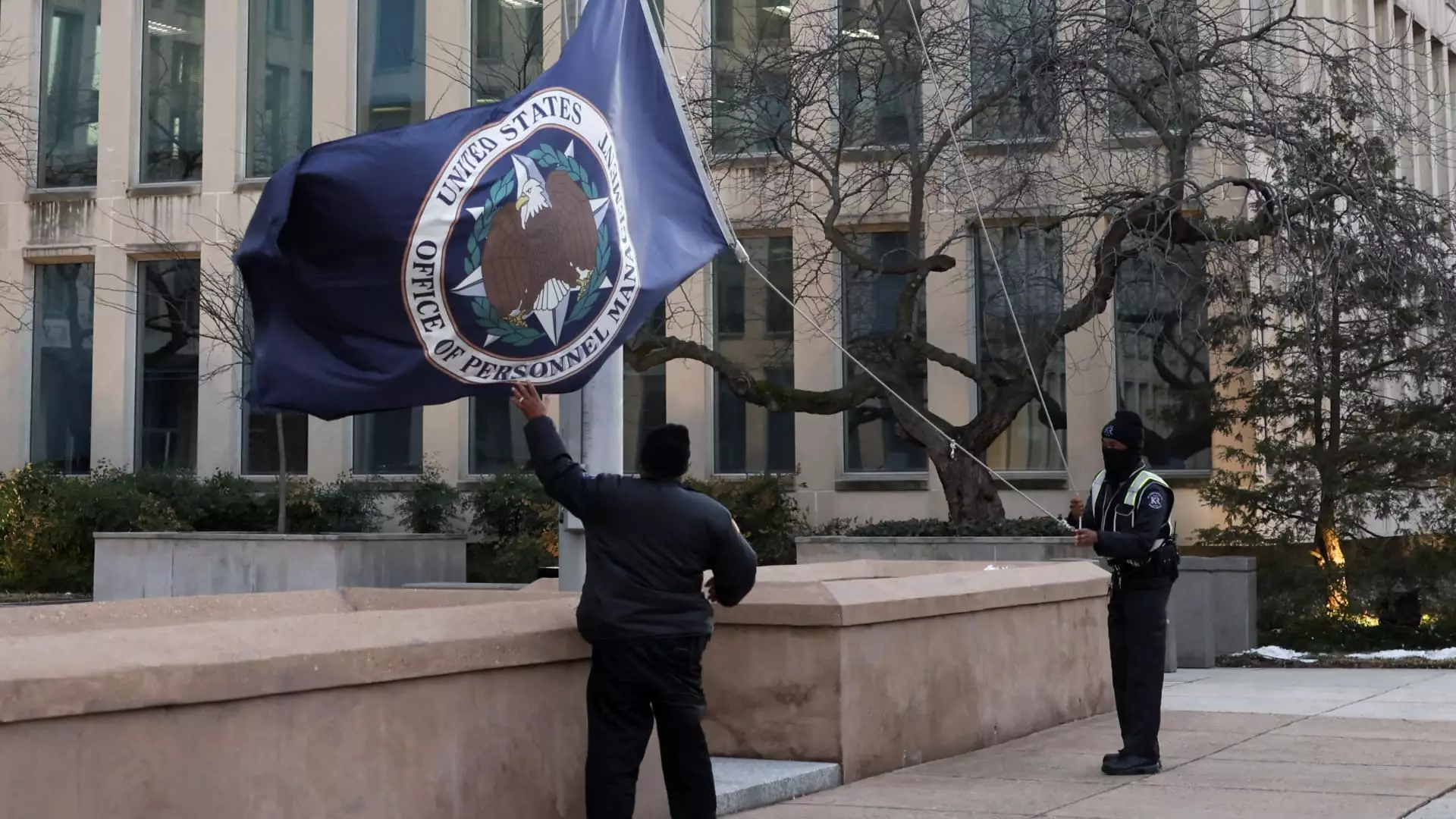In a decisive move that underscores the intricate relationship between federal agencies and the authority of the Office of Personnel Management (OPM), a federal judge has deemed certain directives regarding employee terminations as illegal. This ruling marks a pivotal moment in the landscape of federal employment law, specifically concerning the handling of probationary employees. The implications of this decision extend beyond the courtroom, potentially affecting the hiring and firing processes across various governmental departments.
On a recent Thursday, Judge William Alsup of the Northern District of California presided over a case that questioned the legality of OPM’s instructions to federal agencies. These directives, issued via a memo in January and an internal email in February, prompted agencies to swiftly assess whether particular employees—specifically probationary ones—should remain within their positions. The judge unequivocally labeled these instructions as “illegal,” asserting that they infringe upon established statutes governing federal employee rights. This ruling does not bring back those who have already been dismissed but emphasizes procedural fairness in the treatment of government employees.
Judge Alsup’s ruling centers on the notion that OPM lacks the statutory authority to dictate personnel decisions for other federal agencies. “It cannot order or direct some other agency to do so,” he declared, emphasizing that while OPM has the power to manage its own staff, it cannot extend this power to influence the employment status of employees across different departments. This assertion underscores the need for autonomy among federal agencies in staffing decisions, particularly when it concerns the fate of probationary employees, whose contributions are vital to the functioning of government.
Probationary employees are critical for the renewal and revitalization of the workforce within the federal government. Judge Alsup highlighted their importance as “the lifeblood” of governmental operations, noting that these employees often start at entry-level positions, gradually advancing through the ranks. This sentiment aligns with established norms regarding employment protections, which stipulate that even probationary employees are entitled to certain rights, including due process before termination. This ruling prompts a re-evaluation of how governmental bodies approach probationary periods and employment evaluations.
A focal point in the hearing was the nature of the OPM’s communication to federal agencies. There was a stark disagreement between the plaintiffs and the government representatives on whether the OPM’s guidance constituted an “order” or merely a “request.” As Judge Alsup noted, the timing and collective response from various agencies suggested a more coordinated directive rather than a casual recommendation. The implications of this distinction are significant; if viewed as an order, it raises severe questions about legality and ethical governance.
The ramifications of this ruling could extend far beyond the immediate case. With hundreds of thousands of employees potentially affected by similar directives from the previous administration, the ruling sets a precedent for how future administrations may handle employment policies. Both agencies and employees must adhere to transparent processes that respect the rights of individuals within the federal workforce.
Moreover, the judge’s ruling may encourage more robust legal challenges against perceived overreach by federal authorities in the future, possibly leading to a more employee-centric approach to policy-making within government agencies.
In summation, Judge Alsup’s ruling against the directives from the OPM signifies a vital protection of employee rights within the federal government. It brings to light the essential balance of power among federal entities, emphasizing that the autonomy of individual agencies must be respected in matters of employee management. As the landscape of federal employment continues to evolve, this verdict serves as a reminder of the importance of lawful, fair, and transparent practices within America’s governmental framework. As the scheduled hearing approaches, the implications of this ruling will be instrumental in shaping the future of federal employment policies.

